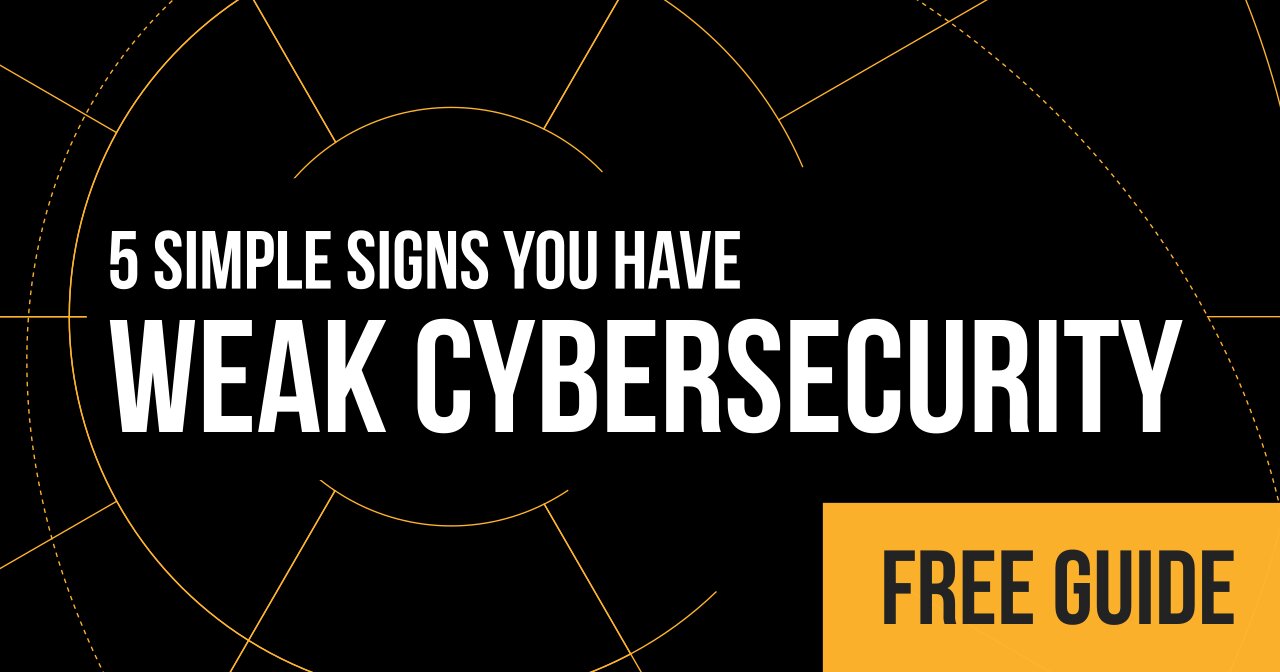
You’ve made the investments.
Your team has security tools in place. You’ve got someone managing IT. You’ve had the compliance audit. On paper, everything looks fine.
But there’s a problem. A big one.
No one on your team can clearly show you where you’re vulnerable—and what it would actually cost if something went wrong.
That’s not a tech issue. It’s a visibility issue. And until you fix it, your business is one click away from disaster.
Let’s be clear: breaches don’t happen because someone missed a firewall setting. They happen because leadership didn’t see the risk. Because the team never truly understood what was at stake. Because the people responsible for security never felt the consequences of getting it wrong.
You can’t fix what you can’t see. And right now, most companies are blind.
Here’s what to watch for and what to do next.
- You’re Looking at Dashboards Instead of Damage
Security metrics are everywhere. Endpoint coverage. Patch status. Uptime. But none of that tells you what happens when someone clicks the wrong email or when your backup system quietly fails.
You don’t need another tool. You need a way to see the risk—in plain business terms.
What’s exposed? What does that exposure mean in dollars? What contracts, customers, or legal obligations are on the line?
If you can’t answer those questions in five minutes, you’ve got a problem.
- Your Team Might Be Secure—But They Can’t Prove It
Here’s a dirty secret: most security programs look good until they’re tested.
Your IT team might believe they’ve done everything right. But unless they’ve walked through a real attack scenario—unless they’ve seen what data gets touched, what systems go down, and what protections fail—they’re just guessing.
You don’t want to find out during the incident. You want to see it now, when there’s still time to fix it.
- You’re Asking the Wrong Question
Most executives ask, “Are we protected?”
The better question is: “If something happens, can we prove we did everything reasonable to protect this business?”
Because that’s what your insurer is going to ask. That’s what the regulators want to see. And that’s what will keep your business out of a courtroom.
Security without evidence is just liability waiting to happen.
- Risk Doesn’t Feel Real—Until It’s Too Late
The biggest gap in most companies isn’t budget. It’s belief.
You assume your team knows what to do. You assume the tools are working. You assume someone is watching the right systems. But until your people feel the risk—until they experience a scenario where one decision compromises the business—none of it sticks.
Compliance boxes don’t create behavior change. Experience does.
Here’s the Fix
You need a process that closes the visibility gap—one that shows your team what’s at stake, where you’re exposed, and how a real-world attack would impact your operations, finances, and brand.
We’ve built that process.
It’s not a tool. It’s not training. It’s a guided, high-impact experience that gets your stakeholders aligned and ready to act. Our patent-pending method has an 83% adoption rate among executive teams.
Your team won’t need convincing. They’ll see it for themselves.
Want to understand your risk—before a hacker forces you to?
Ask us about the demonstration that’s changing how decision-makers invest in cybersecurity.
We’ll show you what’s really at stake. Then we’ll show you what to do about it.



